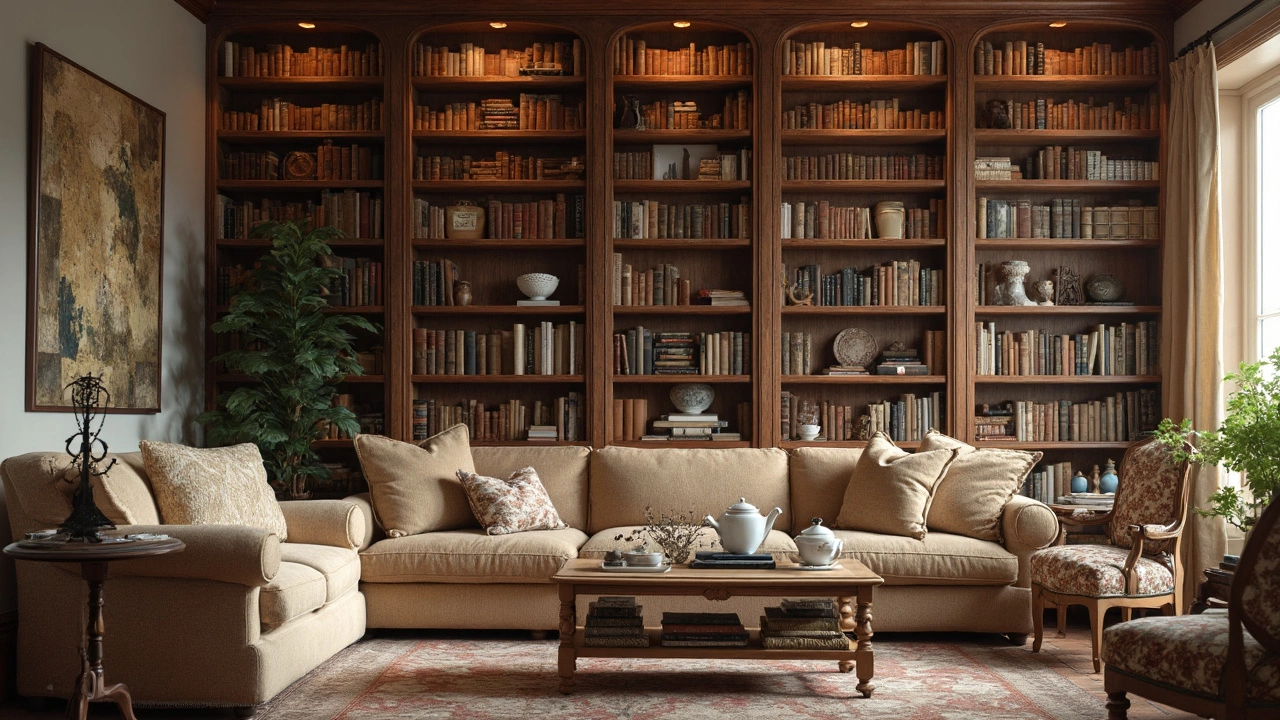Durable Bookshelf Guide: Build a Strong, Stylish Shelf That Lasts
Did you know most standard bookshelves start to sag after just 50 lb per shelf? That makes finding a sturdy unit a real priority if you love to fill every shelf. Luckily, you don’t need a workshop to get a bookshelf that can handle heavy loads and still look great.
Material Matters
The first thing to check is the material. Solid hardwood like oak, maple, or walnut offers the best strength because its grain is tight and less likely to split. If you’re on a tighter budget, look for engineered wood with a thick plywood core and a hardwood veneer—this combination gives you the look of solid wood without the price tag.
Metal frames are another solid choice. Steel or iron supports can hold a lot of weight, especially when the shelves are bolted directly to the frame. For a mixed‑material look, try a metal frame with wooden shelves; the metal takes the strain while the wood adds warmth.
Design Tips for Longevity
Sturdy construction starts with how the shelves are attached. Dovetail joints, mortise‑and‑tenon, or reinforced screw‑in brackets are far better than simple dowels. If you’re buying a ready‑made piece, open the back and see if the shelves are glued, nailed, or held by metal rods. Rods give each shelf a direct line of support from top to bottom.
Spacing matters too. Wider shelves need thicker boards—aim for at least ¾ in (19 mm) for anything over 30 in (76 cm) wide. Adding a middle support or a back panel prevents the unit from wobbling and distributes weight more evenly.
Finish the piece with a protective coating. A clear polyurethane seal keeps moisture out, which is the main cause of warping. If you love a natural look, a simple oil finish does the trick while still letting the wood breathe.
Maintenance is easy: wipe down with a dry cloth, tighten any loose screws every six months, and avoid placing wet items directly on the shelves. A quick check like this can add years to the life of your bookshelf.
When you place the bookshelf, keep it away from direct sunlight or heat sources. Sun can fade the finish and dry out the wood, making it more prone to cracking. If you have kids or pets, consider anchoring the unit to the wall with safety brackets—this stops accidental tip‑overs.
Finally, think about styling. A durable shelf doesn’t have to be boring. Pair a reclaimed oak base with metal brackets for an industrial vibe, or choose a sleek black metal frame for a modern loft feel. Add a few decorative baskets or a plant to break up the books and give the piece personality.
With the right material, solid joints, proper thickness, and a little upkeep, you can own a bookshelf that supports your collection for years without sagging or creaking. Choose wisely, and you’ll have a functional centerpiece that looks just as good as it works.
Best Wood for Bookshelves: A Guide to Durable and Stylish Choices
Choosing the right wood for a bookshelf is crucial for both durability and aesthetics. This guide explores popular wood types like oak, maple, and pine, highlighting their characteristics, benefits, and drawbacks. Discover tips on how to select the ideal wood that suits your style and budget while ensuring your bookcases stand the test of time. From classic finishes to modern designs, find the best fit for your home and book collection.
More
